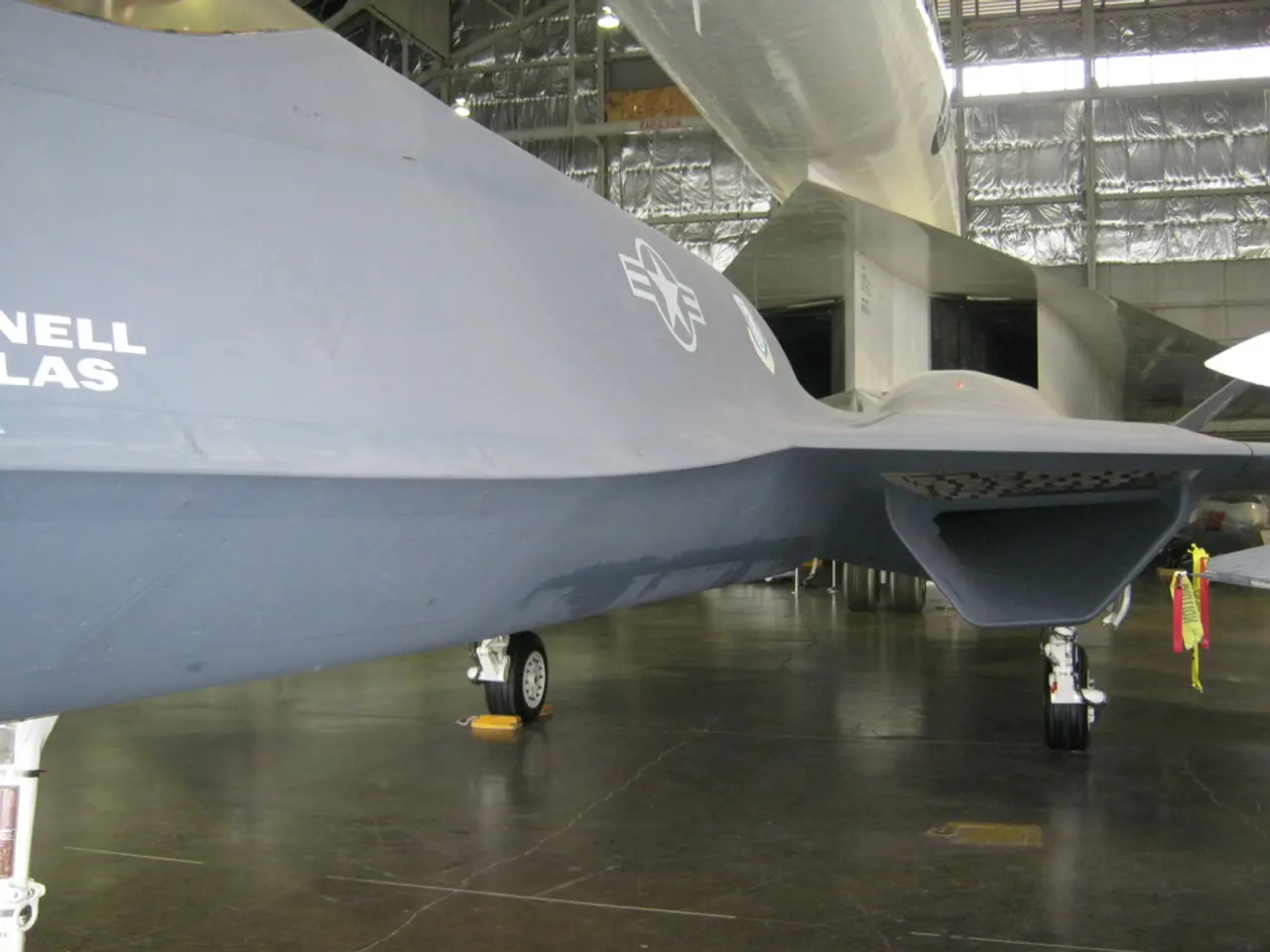Ease travel worries with these practical suggestions for peace of mind while flying
In the skies above America, millions of travellers take to the skies each day, yet for some, the experience is marred by the fear of flying, or aerophobia. According to recent studies, between 15% and 40% of the American population experiences some level of nervousness or fear when boarding a plane[1]. This condition, affecting an estimated 25 million Americans, can manifest as physical symptoms such as rapid heartbeat, sweating, and trembling, as well as mental symptoms like catastrophic thinking and excessive worry[1].
Fortunately, there are effective strategies to manage flight anxiety, enabling travellers to take to the skies with confidence. Here are some of the most helpful techniques:
1. Cognitive Behavioral Therapy (CBT) and Exposure Therapy: These treatments, which can reduce anxiety by up to 80%, involve gradually confronting the fear in controlled environments[1][2]. Exposure can be done through in-vivo, imaginal, or virtual reality methods[2]. A therapist who specialises in flying fears can offer tailored support.
2. Medication: For some, short-term use of anti-anxiety medications like diazepam or alprazolam can be helpful, but it's crucial to consult a healthcare professional first[1].
3. Seat Choice: Choosing seats over the wings can reduce turbulence discomfort. Aisle seats offer more control, while window seats can help by allowing you to see outside[1].
4. Communication with Airline Staff: Informing flight attendants about your anxiety can lead to support and assistance during the flight[1].
5. Pre-Flight Preparation: Understanding the safety of air travel and learning about the mechanics of flying can help alleviate fears[4].
6. Relaxation Techniques: Methods such as deep breathing, meditation, and mindfulness can help manage anxiety during flights[1].
These strategies can be combined to create a personalised approach to managing flight anxiety effectively.
Other factors that can help include booking non-stop flights, as they mean less stress, and sitting near the front of the plane, which is usually quieter and smoother. Recognising the root of one's anxiety is the first step in feeling better about flying. Reframing common flying fears can help ease nerves: "This is a normal part of flying. The crew isn't worried, so I don't need to be either." and "I've chosen this flight. I'm prepared. And I'm safe."
It's important to remember that commercial aviation is one of the most heavily regulated and safest industries in the world. Turbulence does not mean danger; planes are designed to handle it. Weird sounds during a flight are usually normal, such as wheels retracting or cabin pressure adjusting. Planes undergo constant safety checks to ensure the highest levels of safety for passengers.
In the event of a delay or inconvenience, the website's app provides real-time reassurance and help, with a team available 24/7. Noise-cancelling headphones, a cozy neck pillow, and a favourite playlist or movie can make the seat a sanctuary. A quick stretch or a stroll to the back of the plane can release tension and reset the body. The 4-7-8 breathing method helps activate the body's relaxation response. In a pinch, the 5-4-3-2-1 trick can distract the brain from spiralling.
Flight anxiety affects frequent fliers just as much as first-timers, but the more you fly, the more familiar it feels, leading to comfort. Airport lines, delays, and other inconveniences can exacerbate flying fears, but with the right strategies in place, travellers can take to the skies with confidence.
[1] Mayo Clinic. (2019). Flight Anxiety. Retrieved from https://www.mayoclinic.org/diseases-conditions/flight-anxiety/symptoms-causes/syc-20356978 [2] American Psychiatric Association. (2013). Diagnostic and Statistical Manual of Mental Disorders (5th ed.). Washington, DC: American Psychiatric Publishing. [4] International Air Transport Association. (2020). Aviation and the Environment: Facts, Figures and Best Practices. Retrieved from https://www.iata.org/contentassets/a17b4f406a4c4c768355855a1666d5b8/aviation-and-the-environment-facts-figures-and-best-practices.pdf
- With millions of Americans experiencing flight anxiety, it's worth considering Cognitive Behavioral Therapy (CBT) and Exposure Therapy, which can potentially reduce anxiety levels by up to 80%.
- For a more relaxed flight,air travelers may find it helpful to choose seats over the wings to minimize turbulence discomfort, or to opt for the quieter and smoother areas near the front of the plane.
- Adopting a healthy lifestyle can further benefit frequent flyers. Pre-flight exercises like deep breathing, meditation, and mindfulness can help manage anxiety during flights, while maintaining a fitness-and-exercise routine and prioritizing mental-health can improve overall well-being.
- Commercial aviation is one of the safest industries, designed to handle turbulence and equipped with constant safety checks. Embracing this fact by understanding its safety measures may provide comfort to travelers.





